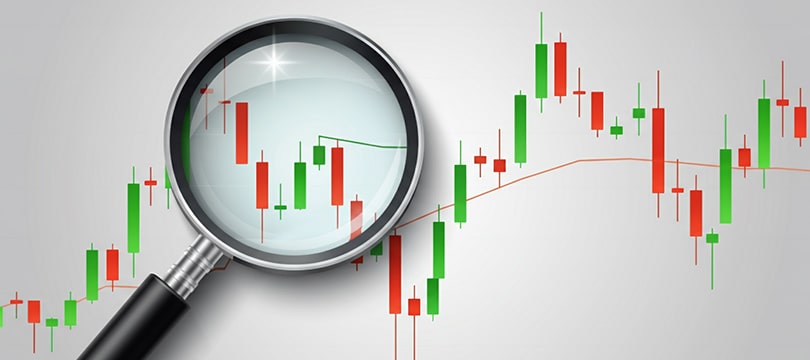Algorithmic Trading: What Is It? Does It Really Work?
April 26, 2024

In the current financial landscape, characterized by rapid changes and the introduction of increasingly advanced technologies, algorithmic trading emerges as an investment methodology capable of revolutionizing the approach to markets.
In this guide, we discuss algorithmic trading, illustrating both its advantages and potential disadvantages, to offer a balanced and in-depth understanding of the phenomenon.
A definition of algorithmic trading
Algorithmic trading, also known as automated trading or black-box trading, is a form of financial trading that utilizes algorithms and mathematical models to execute buy and sell operations across various financial markets. This practice allows for the automation of the decision-making process in trading, thus eliminating the influence of human emotions and accelerating the execution of operations.
Trading algorithms are programmed to identify trading opportunities based on specific parameters such as market volumes, prices, and volatility. Once these parameters reach certain predefined levels, the algorithms automatically execute buy or sell operations. Artificial intelligence and machine learning play a crucial role in the evolution of these algorithms, enabling them to learn from market data and progressively improve the effectiveness of trading strategies.
To implement algorithmic trading, financial institutions and traders use specialized software platforms that support the processing of large volumes of data in real-time. These platforms are often directly connected to financial markets through high-speed trading APIs, ensuring that operations can be executed in fractions of a second.
The advantages of algorithmic trading
Algorithmic trading offers numerous advantages that make it attractive to investors and financial institutions. One of the main pros is the ability to process and analyze vast amounts of data efficiently and almost instantaneously. This allows traders to react quickly to market variations, increasing the chances of capitalizing on minimal price movements.
Efficiency and precision
Algorithms reduce the margin of human error and maintain rigorous discipline in trading, strictly adhering to the predefined strategy. Furthermore, algorithmic trading can operate 24/7, constantly monitoring global markets and acting immediately based on economic events, even when markets are closed in a specific geographical area.
Diversification and risk reduction
By utilizing various algorithms, investors can distribute their capital across multiple financial instruments, sectors, and geographical regions, thus diversifying their portfolio and reducing overall risk. The ability to simultaneously execute multiple trading strategies also offers effective hedging against unexpected market movements.
The disadvantages of algorithmic trading
Despite the significant advantages, algorithmic trading also presents some notable disadvantages. The main one is the risk associated with the complexity of algorithms and their management.
Technological complexity and operational risk
Programming and maintaining trading algorithms require advanced technical skills and an in-depth understanding of both programming and financial market dynamics. Programming errors or hardware malfunctions can lead to substantial losses in a very short time.
Market impact and manipulation
There is also the risk that algorithmic trading practices can alter the normal functioning of markets. Particularly aggressive or high-volume algorithms can cause market distortions, as seen in some episodes of extreme volatility. Moreover, algorithmic trading strategies can be used to manipulate markets, exposing investors to additional risks.
Dependence on technology
Reliance on automated systems leaves little room for human intervention, which can be problematic in abnormal market situations or when unforeseen events occur that algorithms are unable to interpret adequately.
Psychological tips for practicing algorithmic trading
Approaching algorithmic trading requires not only technical skills but also an appropriate psychological mindset. A fundamental aspect is the development of a mindset detached from emotions. Investors must accept that algorithmic trading operates on logically determined, non-emotional bases, which means enduring market fluctuations without being guided by panic or euphoria.
Resilience and patience
Being resilient helps maintain a long-term perspective, especially when algorithms undergo periods of underperformance due to atypical market conditions. Patience is crucial; even if algorithms are designed to capitalize on market opportunities, they may require time to adapt to new market dynamics or recover after periods of volatility.
Realism and continuous education
Maintaining realistic expectations is vital. Not all algorithms will consistently produce high returns, and investors must be prepared for potential losses. Finally, a commitment to continuous education is essential. Thoroughly understanding how algorithms work and staying updated on the latest technologies and market trends enables better management of algorithmic trading strategies and adaptation to an ever-evolving environment.
AI: 75%, U: 25%




